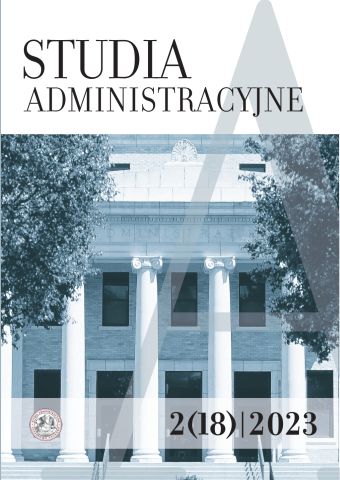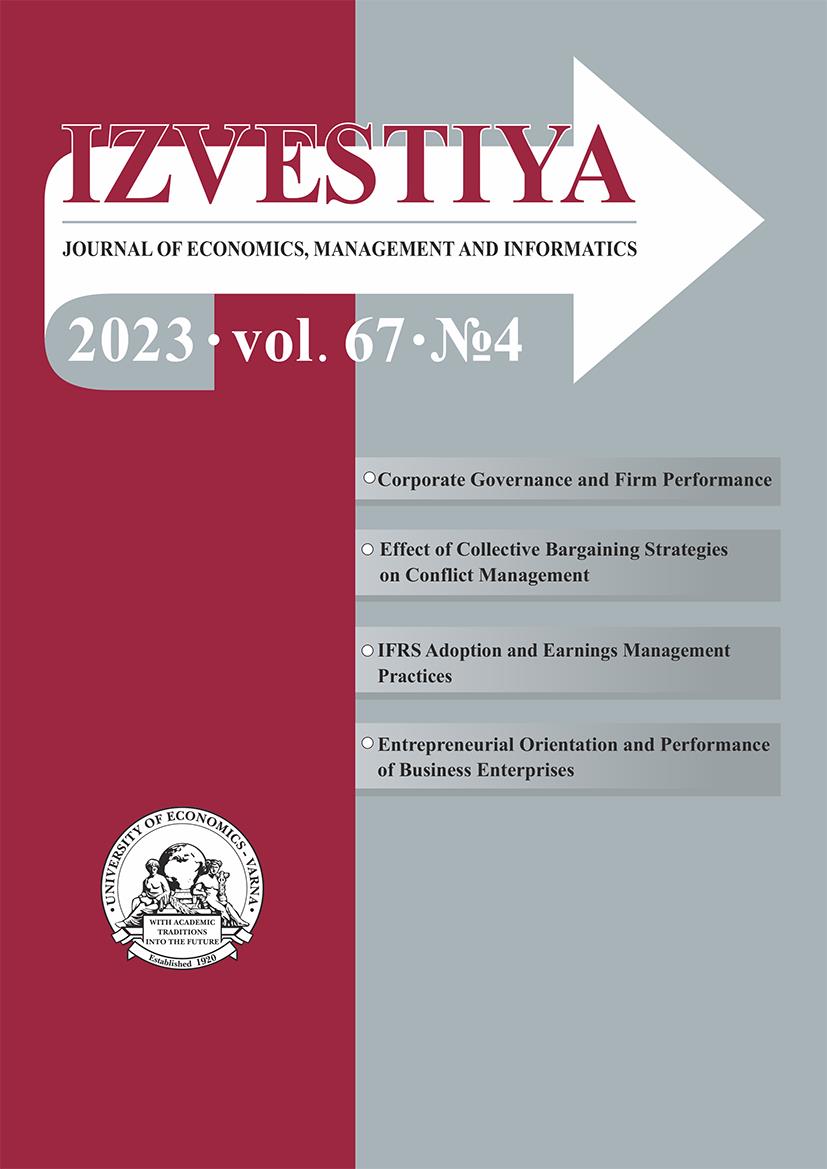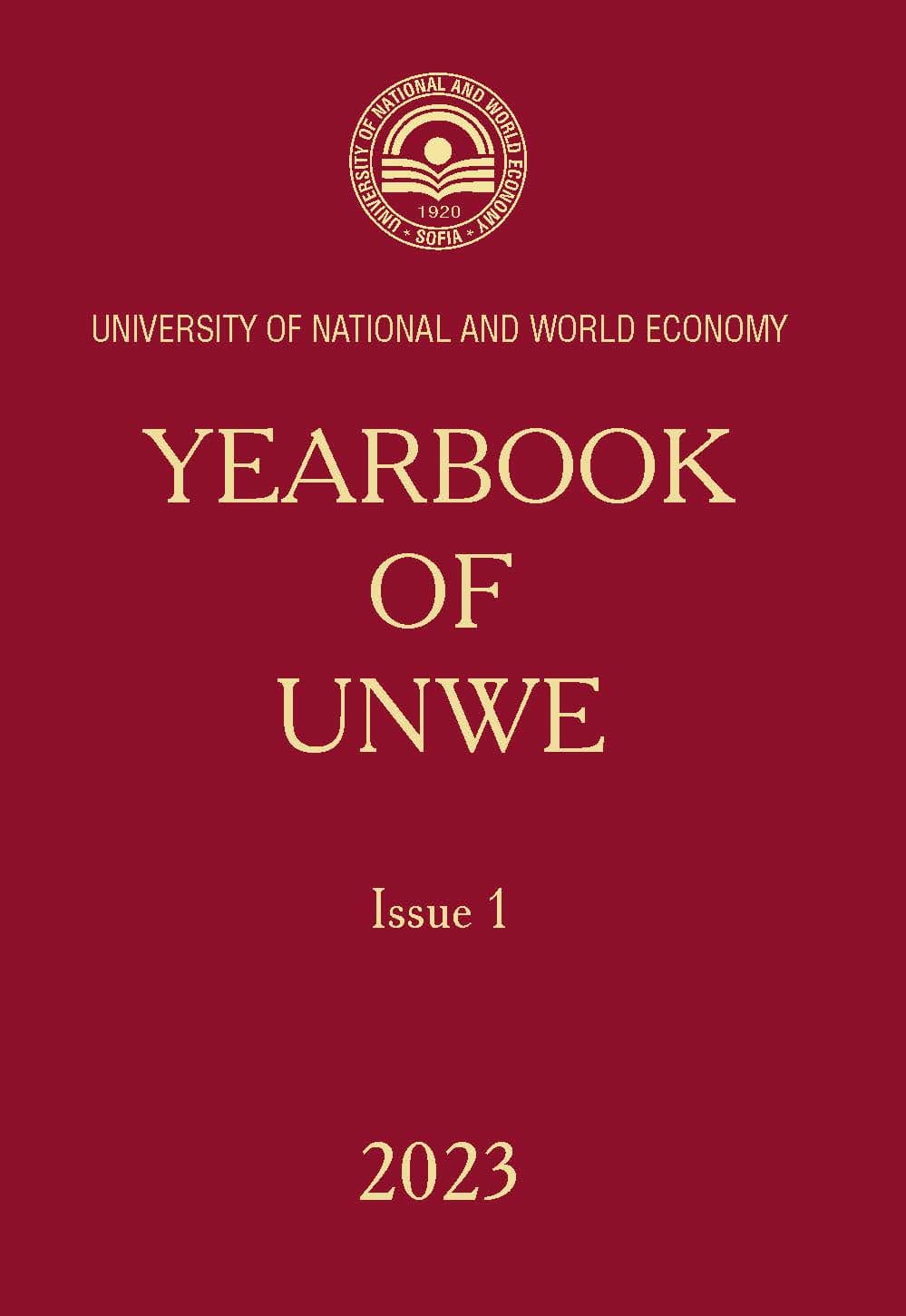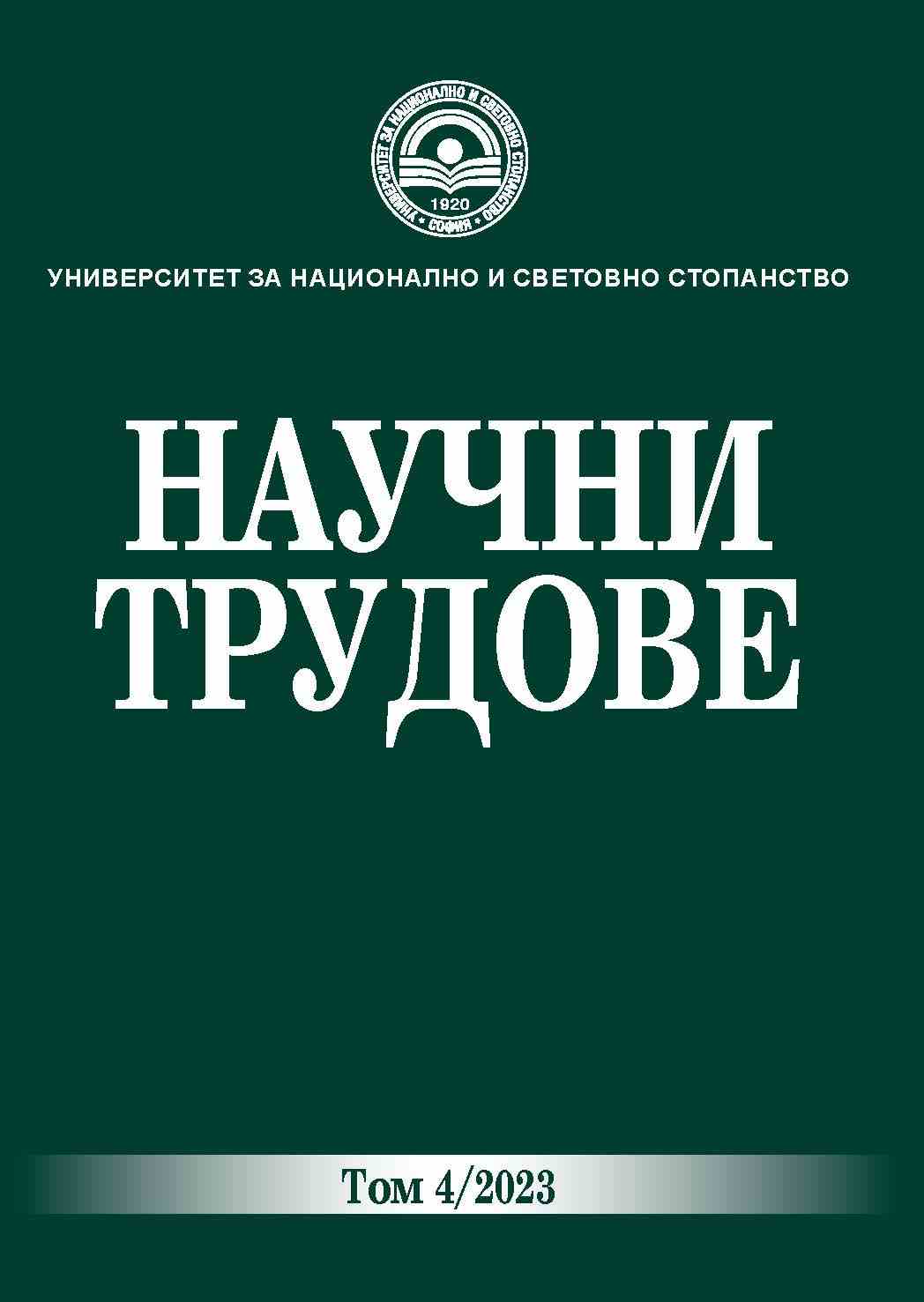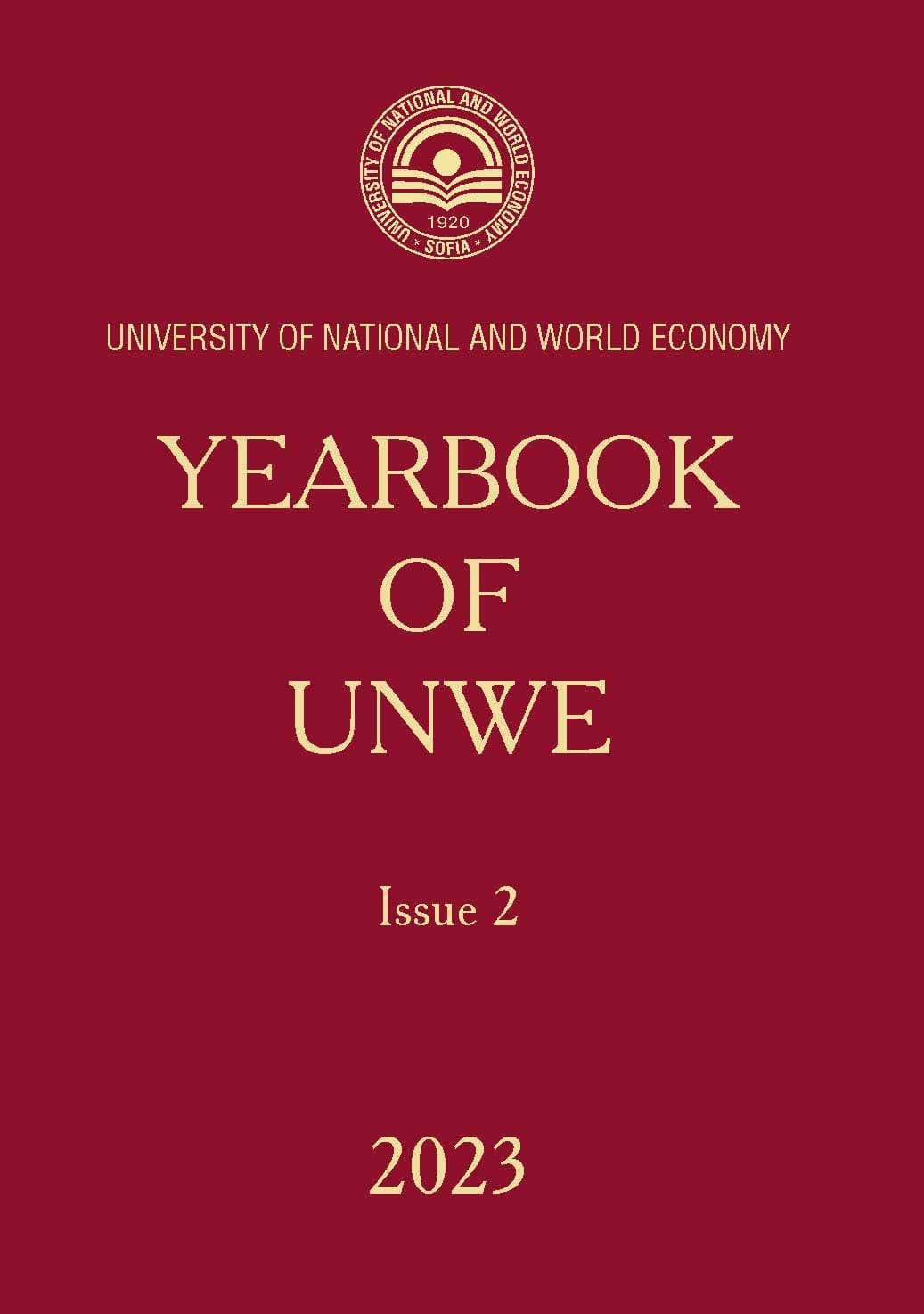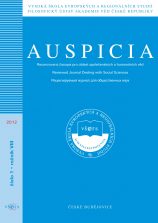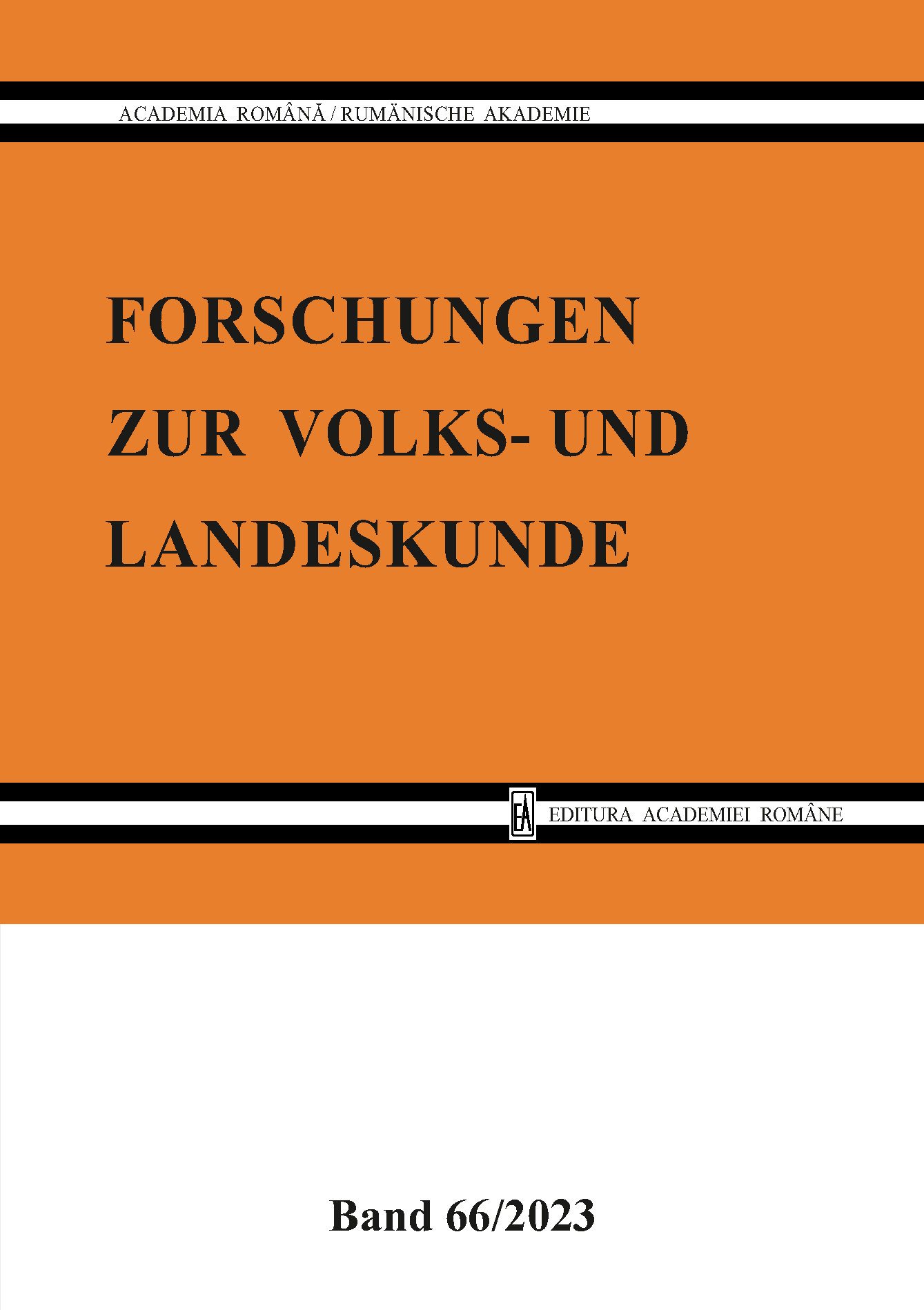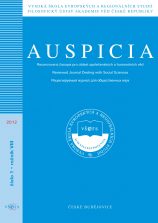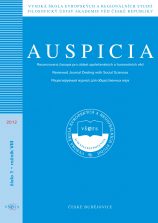Fear psychosis : Marketing strategy for next gen buyers
Marketing has reached the holistic concept era where a business is acting as single entity not to ignore any potential segment. Hence, companies look for profitable segments and strategies holistically for a sustainable business performance . The Millennial are considered as the largest buyers & influencers of new and proven commodities worldwide. This is the generation that have taken over the workforces and are the strongest economic force segment to recognize. This generation is vulnerable on choices , rational/ less emotional on buying approach, evaluative on advantages, benefits and disadvantages , with great buying power and sources of information. So making them to remain associated with the brand, making them to do repeat buys, control their rationality and evaluative approach is not the easy task. Marketers need to do something strategically to “hold” them to buy their products and remain engaged . Companies believe that the only thing this rational, non emotional, evaluative, money minded customer could be handled is to make him “fearful about his health, safety & security. Create threats to these sensitive aspects and then offer solution for those , he will believe that you care for him the most. In recent years this strategy has come up as Fear Psychosis which is an extension of emotional Psychosis in marketing context . It is the only thing seems to be working on this generation. Fear-based marketing influences the audiences’ psychology and urges them to take action to minimize that fear. This strategy has helped businesses to keep the customers engaged with the brand and believe that company cares for him better than others.
More...
